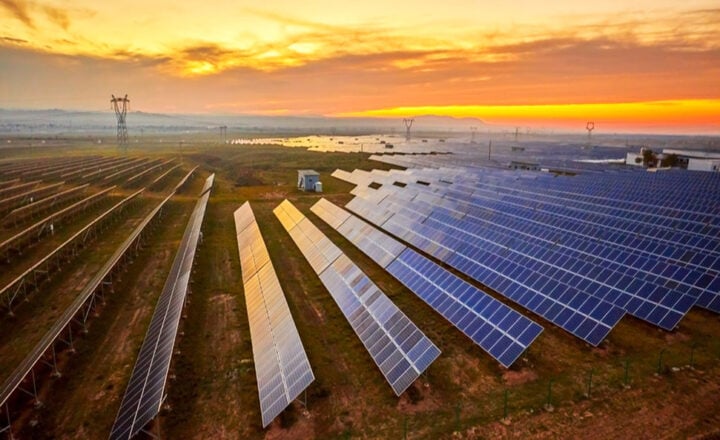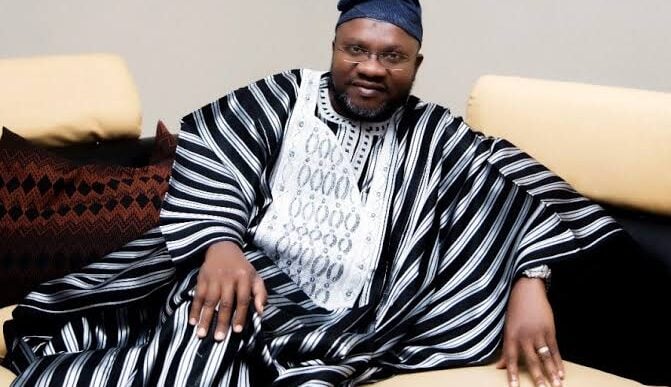BY KAWU IDRIS-IDAH
With a national grid that is technically unable to transmit 5,000 MW to more than 200 million Nigerians, alternative energy solutions are critical to Nigeria’s electrification, economic growth and climate change mitigation plans. Solar and hydro contribute the most to electricity generation – according to the IEA, both sources have generated an average of about 8000 GWh annually since 2018. Solar PV’s contribution has grown by more than 200%, as it now generates more than 100 GWh annually.
Solar mini grids are electrifying public universities and markets. Solar panels on rooftops are reducing dependency on fossil sources and the national grid. Entrepreneurs in the RE sector are creating jobs in rural areas via their “last mile” business models.
The sector’s growth is good, but could be better with access to patient capital. Patient capital is not bound to issues of foreign exchange risks and enables renewable (RE) project developers to recoup their investments. In very simple terms, patient capital is long-term naira-based concessional finance.
Advertisement
There is massive uncertainty associated with foreign exchange loans, and this translates into poor project execution and continued energy poverty in Nigeria. The standard naira loan facilities are for short tenors (< 5 years), have higher interest rates (+20%) and require substantial collateral. RE entrepreneurs are therefore pressured. This is even worse for female entrepreneurs who have lesser access to capital, systemically.
Patient capital (long-term naira-based concessional finance) could spur Nigeria’s renewable energy target of 9000 MW by 2030.
Current Landscape
Advertisement
Although some RE companies have secured naira-based concessional finance for their growth, the volumes are not enough for 200 million Nigerians. Below are examples of naira-based concessional finance:
∙ Salpha Energy (female-founded company) secured about 2 billion naira from All-On and other investors in July 2025.
∙ SunKing also secured a loan of about 130 billion naira from IFC and Stanbic IBTC in May 2025.
∙ In 2020, CBN launched the solar connection intervention facility. REA-qualified developers could access 70% of project costs at a 9% interest rate, for a tenor of 10 years.
Advertisement
∙ InfraCredit provides guarantees that naira-based loans will be repaid. Its clean energy funding programme (CEFP) provides capital that would absorb “hits” when debts can’t be repaid. ACOB successfully secured financing from the United Kingdom Foreign, Commonwealth and Development Office (FCDO) for its 335 kWp minigrids in Edo and Ondo states due to InfraCredit’s involvement.
Barriers
Barriers have stunted the growth of naira-based concessional finance.
High monetary policy rates and thus high interest rates in banks
Advertisement
The latest monetary policy rate is above 25% and, therefore, banks would rationally give loans at higher interest rates. Concessional loans won’t be prioritised.
Perceived risk of RE companies
Advertisement
Lenders consider RE companies to be young and relatively inexperienced. This results in demand for heavy collateral and short tenors. RE projects would require longer tenors to be profitable.
Market and transaction risks
Advertisement
RE equipment isn’t locally manufactured but rather imported. Importation requires foreign currency, and this therefore introduces FX volatility risk. Meanwhile, revenues from RE projects are domiciled in naira. This mismatch is a major barrier to concessional financing.
Lack of understanding of the RE sector by lending institutions
Advertisement
To finance RE projects, lending institutions first need to understand their cash flows and operations. Most lack the required expertise for these technical assessments.
Gender and inclusion gaps
Women-owned RE entities systemically have weak financing networks. As they are the primary users of energy, this mismatch would prevent scaling naira-based financing.
Lessons from other countries or institutions
India has deployed rupee-based bonds guaranteed by the government to scale solar’s contribution in its electricity share. The 750 MW Rewa Ultra Mega Solar Park was partially funded by rupee-based single-digit loans secured from the Indian Renewable Energy Development Agency. The project’s profitability increased, despite the low tariffs paid by consumers.
Mexico’s banks have also provided peso-based funding to improve project returns. Nearby neighbour, Kenya, has facilitated concessional funding for its people. The $800 million Lake Turkana Wind Farm (310 MW) received concessional funding in the form of grants, guarantees, private and international financing.
In Madagascar, the African Guarantee Fund (AGF) deployed part of its USD 5 billion local guarantee facility towards the 20 MW solar plant in Madagascar. It provided a guarantee for the first phase of about USD 3 million and a second guarantee also of more than USD 2 million towards the plant’s expansion to become a 40 MW plant.
The plant is connected to the Madagascar national grid and reportedly caters for more than 200,000 people. The knock-on effect is that locally based financiers feel more confident partaking in RE projects.
Concessional local-denominated financing eliminates foreign exchange risks and de-risks RE projects for capable institutional investors to partake.
Recommendations
Policy and Regulatory: Expand the tenor of CBN’s SCIF. A tenor of ten years hasn’t incentivised developers to deploy RE enough. Extending the tenor to twenty years, whilst experimenting with zero rates could spur growth in the RE sector.
Legalise the usage of RE technologies as collateral for naira-based loans. An apt framework could be developed that would enable RE technologies to be used as collateral during loan applications.
Market-Level Instruments: InfraCredit guaranteeing more RE projects would increase investments in the RE sector.
For every concessional facility, integrate provisions akin to swaps to cushion FX volatility.
Financing products: Lending institutions should create products aimed at women-owned RE entities. Tax incentives or rebates could also be offered for completed projects.
More DFI-local banks partnerships, akin to IFC and Stanbic Bank pairing up for SunKing’s loan, could further spur the growth of naira-based funding.
Capacity & reporting: Ensure lending institutions are trained on the renewable energy sector. RE cashflows, business models and financing are topics to be taught.
For every loan application, RE companies should be required to report distinct women-centric data (women’s roles in projects, number of women to benefit from RE technology deployment, etc).
Conclusion
Nigeria has noble goals: net-zero emissions by 2060, increase RE share in electricity generation to 30% by 2030 and 60% in 2060, and 90% of Nigerians should have access to electricity by 2030. About $USB 500 is required to achieve these targets. Creating an environment that spurs locally based concessional financing is the simplest solution.
Kawu Musa Idris-Idah can be contacted via [email protected]
Views expressed by contributors are strictly personal and not of TheCable.











